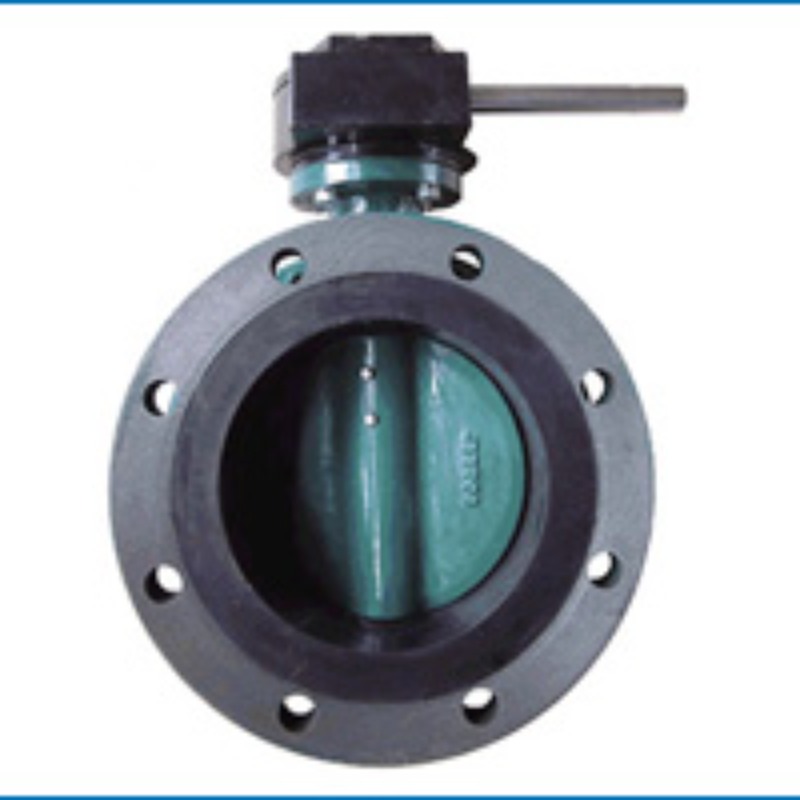ਦਸੰ. . 07, 2024 04:02 Back to list
wafer type butterfly valve flange
Understanding Wafer Type Butterfly Valves with Flange Connections
Butterfly valves are essential components in various fluid control applications, particularly in industries such as oil and gas, water treatment, and chemical processing. Among the different types of butterfly valves, the wafer type butterfly valve stands out due to its compact design and ease of installation. In this article, we will delve into the specifics of wafer type butterfly valves, particularly those that feature flange connections, and explore their applications, advantages, and operational principles.
What is a Wafer Type Butterfly Valve?
A wafer type butterfly valve is a quarter-turn valve that utilizes a disc to regulate or isolate fluid flow. The term wafer refers to the valve’s design, which incorporates a thin body that is sandwiched between two flanges of the pipeline, eliminating the need for extensive bolting. This design makes wafer type valves particularly efficient in installations where space is constrained.
One of the key features of these valves is their simplicity; when the handle is turned, the disc rotates to either permit or obstruct flow. This straightforward mechanism allows for rapid operation and effective control, making wafer butterfly valves ideal for on-off applications as well as for throttling.
Flange Connections
Flange connections are a critical aspect when discussing wafer type butterfly valves. Unlike other designs that may require a full-face or raised face flange, wafer type valves are designed to fit between two flanges without extending beyond them. This not only minimizes the overall footprint of the valve but also allows for easy installation and removal.
Moreover, the use of flanges facilitates a secure connection to the pipeline, ensuring that there are no leaks during operation. The alignment of the valve with the piping system is enhanced by the flange design, which is crucial in maintaining the integrity of the system under different pressures and temperatures.
Advantages of Wafer Type Butterfly Valves
1. Space Efficiency The compact structure of wafer type butterfly valves allows them to be installed in tight spaces. This efficiency makes them suitable for various applications where traditional valves may not fit.
wafer type butterfly valve flange

2. Lightweight Compared to other valve types, wafer butterfly valves are generally lighter, which simplifies installation and reduces the load on supporting structures.
3. Cost-Effective The simpler design and manufacturing processes of wafer type butterfly valves typically make them more cost-effective than other valve types.
4. Versatility These valves can handle a wide range of fluids, including water, oil, and gas, making them suitable for diverse industrial applications.
5. Simple Maintenance Their design allows for easy access during maintenance, reducing downtime and costs associated with service and repairs.
6. Reduced Pressure Drop The disk configuration in a butterfly valve ensures lower resistance to flow, which translates to lower pressure drops compared to other valve types, making them more efficient in fluid control applications.
Applications
Wafer type butterfly valves are utilized in several applications across various industries. In water treatment plants, they are used for regulating flow and managing water distribution systems. In chemical processing, they control the flow of corrosive substances, and in HVAC systems, they help manage airflow, contributing to energy efficiency.
In the oil and gas sector, wafer butterfly valves play a crucial role in isolation and flow control in pipelines. Their lightweight nature is particularly beneficial in offshore applications, where space and weight constraints are critical.
Conclusion
Wafer type butterfly valves with flange connections are integral components in modern fluid control systems. Their compact design, ease of installation, and cost-effectiveness make them a preferred choice in many industrial applications. As industries continue to evolve and face new challenges in fluid management, the adoption and innovation surrounding wafer butterfly valves are likely to remain at the forefront of engineering solutions. Understanding their design and operational principles enables engineers and operators to make informed decisions, ensuring both safety and efficiency in their processes.
Share